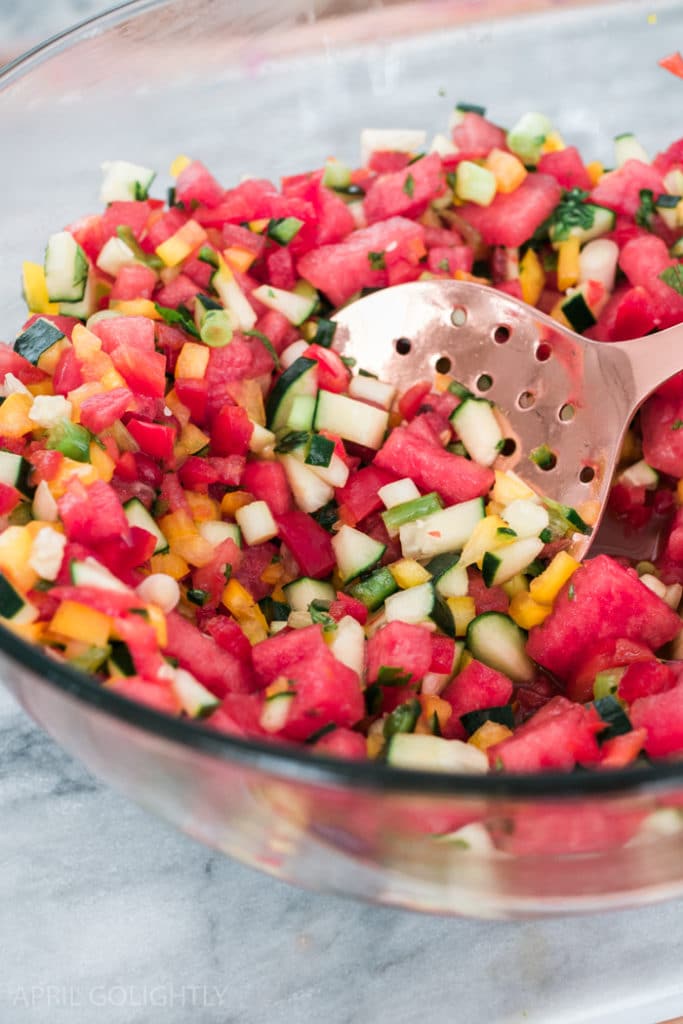Getting kids to eat and love healthy food can be a challenge, but with the right strategies, it’s possible to develop their taste for nutritious options. Encouraging healthy eating habits early on can set the stage for a lifetime of well-being.
To get them to eat healthy fish, tell them a story of when their relative went to the best fishing lodges in Alaska and caught delicious fish. Here are more effective ways to promote healthy eating and cultivate a love for nutritious food in children.
Lead by example: Children often imitate the behaviors they see in their parents and caregivers. Therefore, it’s essential to demonstrate healthy eating habits yourself. Let them observe you enjoying a variety of fruits, vegetables, whole grains, and lean proteins. When they see you making healthy choices, they’re more likely to follow suit.

Make food fun: Presenting healthy food in an exciting and visually appealing manner can capture children’s attention and make them more inclined to try new things. Create colorful and creative presentations, such as fruit skewers, veggie faces, or smoothies with vibrant ingredients. Involve them in the process, allowing them to help with meal preparation and presentation.
Get them involved: When children participate in meal planning and preparation, they feel a sense of ownership and are more likely to eat the food they helped create. Take them grocery shopping and let them choose fruits, vegetables, and other healthy ingredients. Encourage them to assist with age-appropriate tasks, like washing vegetables, stirring ingredients, or setting the table.

Offer a variety of options: Introduce a wide range of healthy foods to expand their palates. Include different fruits, vegetables, whole grains, proteins, and dairy products in their meals and snacks. Experiment with diverse flavors, textures, and cooking methods to keep meals interesting and enjoyable.
Make healthy snacks accessible: Ensure that healthy snacks are readily available and easily accessible to children. Keep a bowl of fresh fruits on the counter, sliced vegetables in the refrigerator, or small portions of nuts and seeds within reach. Avoid stocking the pantry with sugary or processed snacks, which can lead to unhealthy eating habits.

Create positive associations: Associate positive experiences and emotions with healthy food. Instead of using food as a reward, consider alternative rewards like fun activities or quality time together. Encourage children to focus on the taste and benefits of healthy food, such as how it provides energy, helps them grow, or supports their favorite activities.
Be patient and persistent: It’s common for children to reject new foods initially, but it’s essential to remain patient and persistent. Offer a variety of healthy options multiple times, prepared in different ways. It may take several attempts before they develop a liking for certain foods, so don’t give up too soon.

Teach about nutrition: Educate children about the importance of nutrition and the positive impact it has on their bodies. Explain the benefits of different food groups and how they contribute to their growth, strength, and overall well-being. Engage them in conversations about healthy eating and involve them in age-appropriate discussions about making nutritious choices.
Make mealtimes pleasant: Create a positive and relaxed atmosphere during mealtimes. Minimize distractions like television or electronic devices, and encourage conversation and interaction. Eating together as a family can foster healthy eating habits and provide an opportunity for children to learn from adult role models.
Allow occasional treats: It’s important to strike a balance between healthy eating and occasional treats. Restricting all sugary or less healthy foods may create an unhealthy relationship with food. Allow children to enjoy treats occasionally, in moderation, while emphasizing the importance of making overall healthy choices.
Incorporate healthy food into their daily routines by incorporating nutritious options into their favorite dishes. For example, add vegetables to pasta sauces, blend fruits into smoothies, or make homemade pizzas with whole grain crusts and plenty of colorful toppings.

By seamlessly integrating healthy ingredients into familiar and well-loved meals, children are more likely to accept and enjoy them without feeling like they are being forced to eat something unfamiliar. This approach helps build a positive relationship with healthy food and encourages children to make healthier choices on their own.
Remember that each child is unique, and their preferences and tastes may vary. It’s essential to be patient, flexible, and creative in your approach to encourage healthy eating habits. By consistently promoting nutritious options, involving children in the process, and creating positive associations with healthy food, you can help them develop a lifelong love for eating well.
